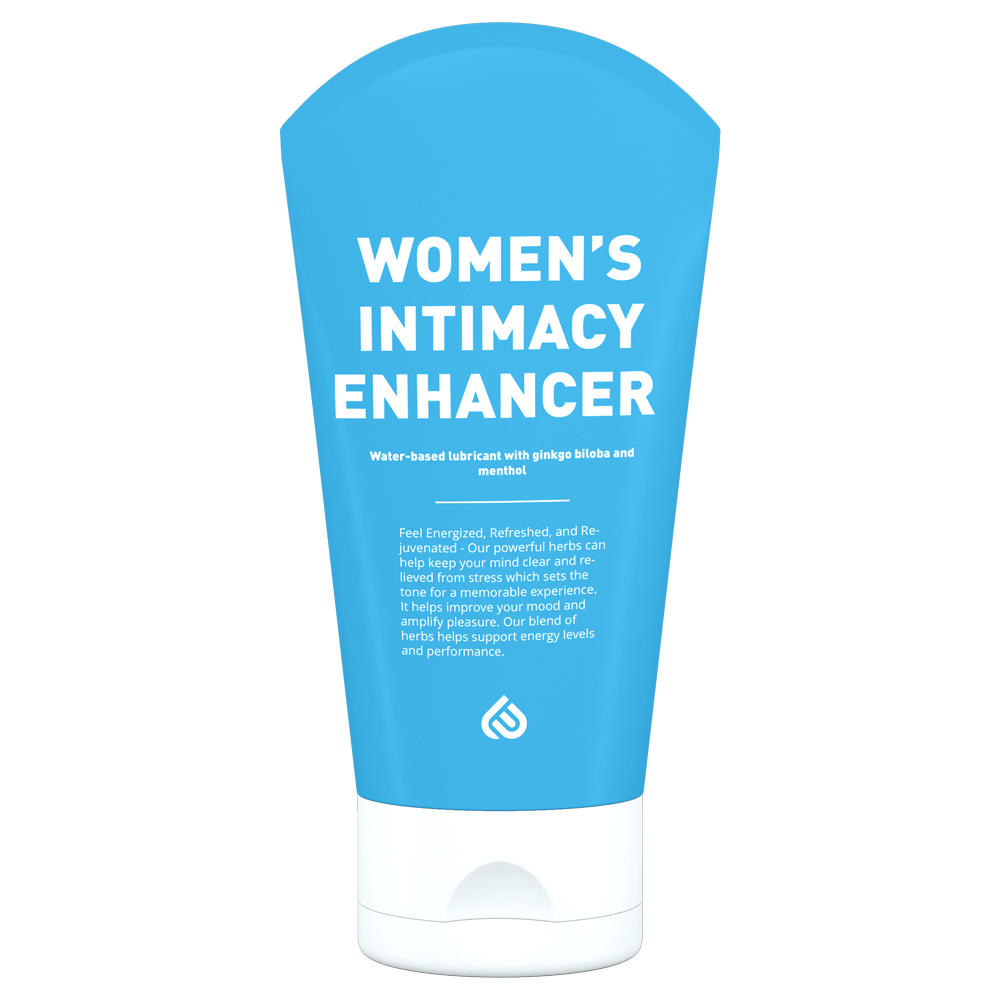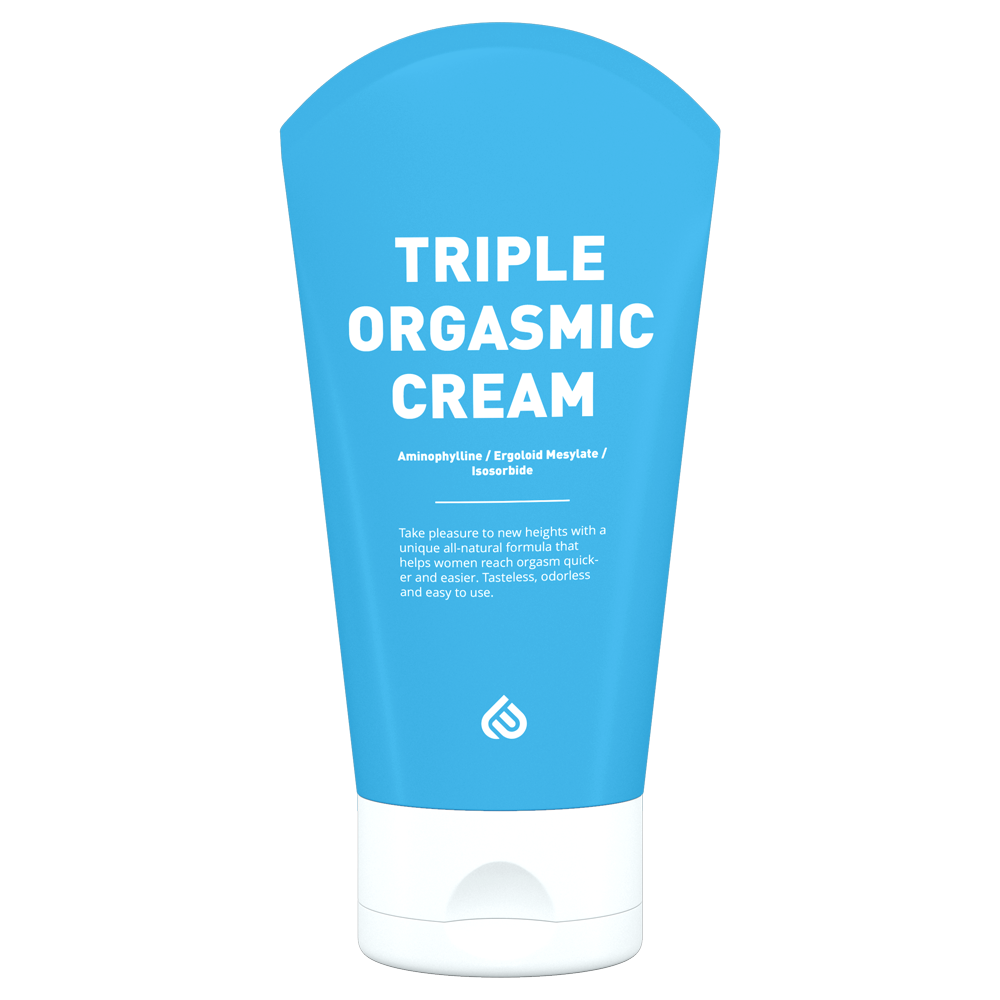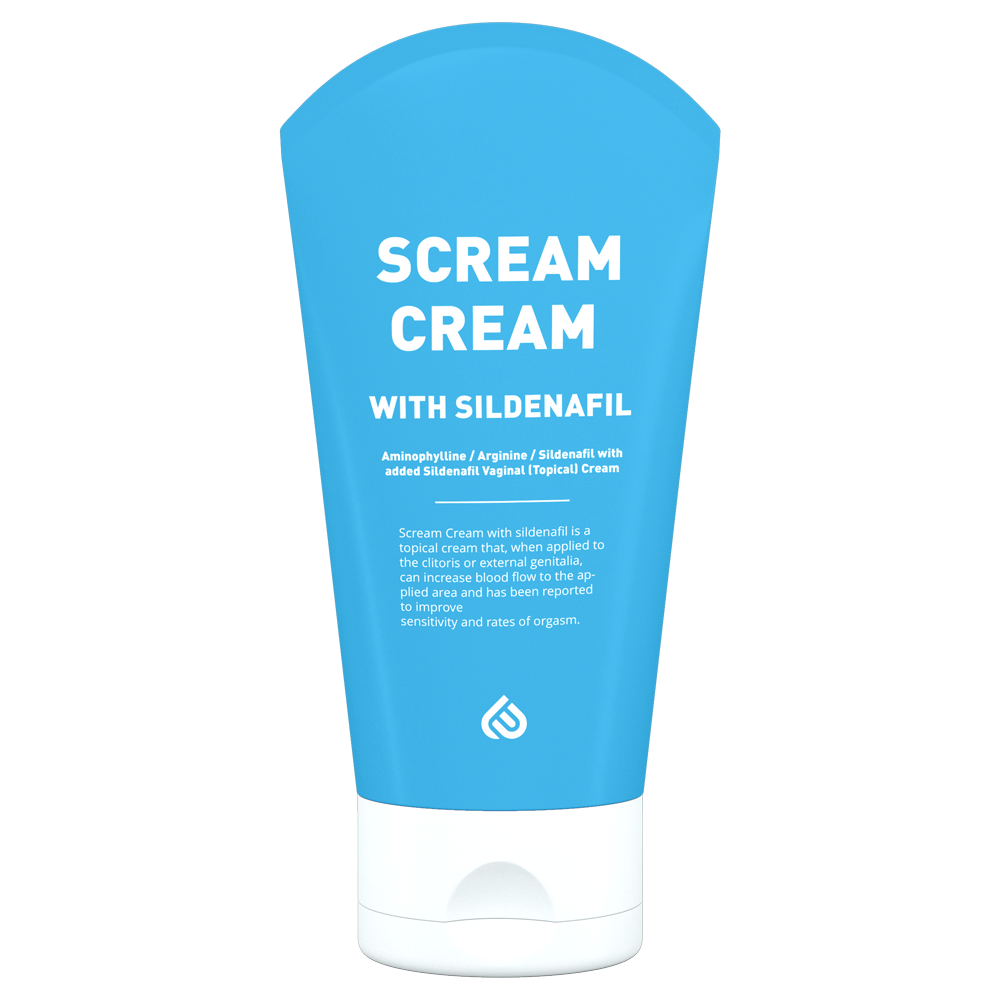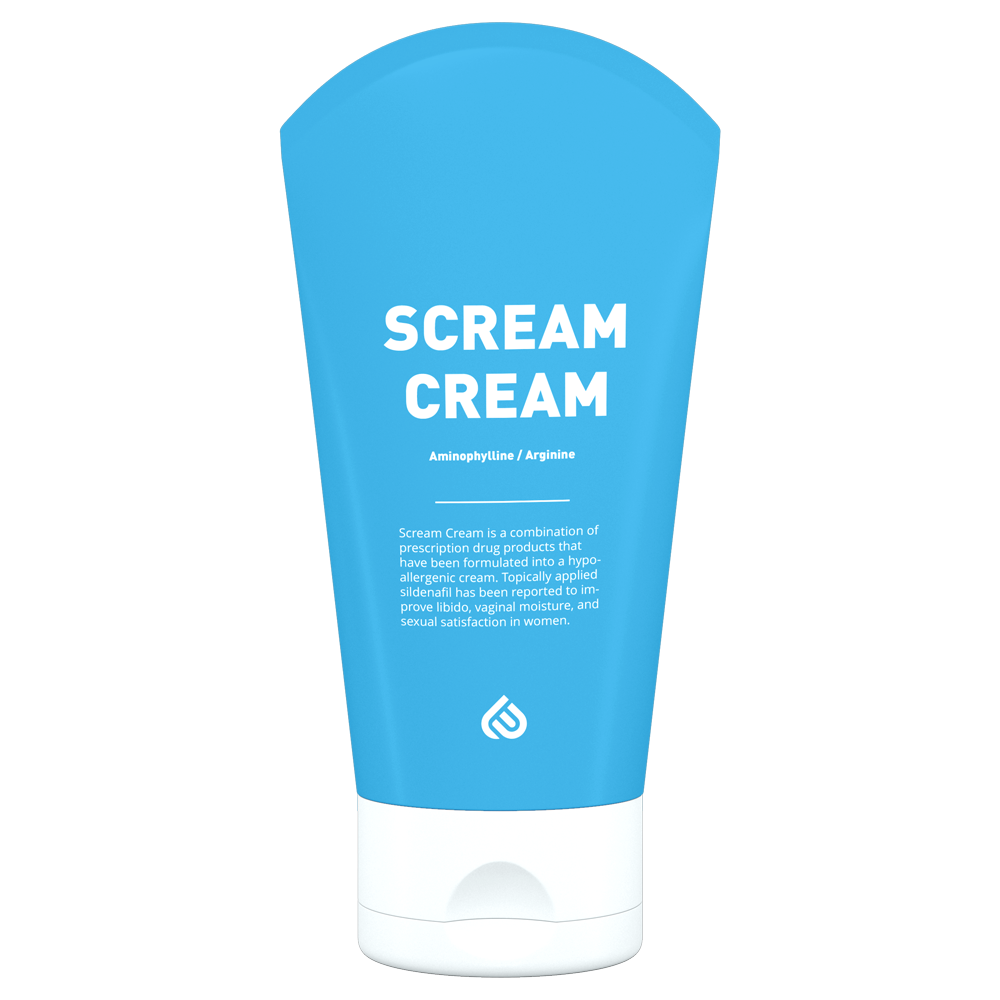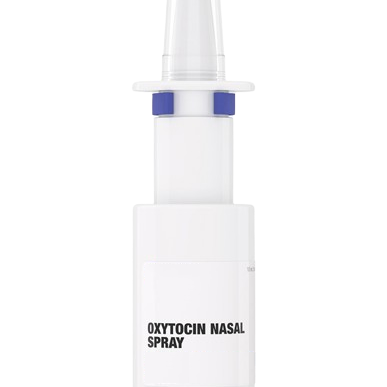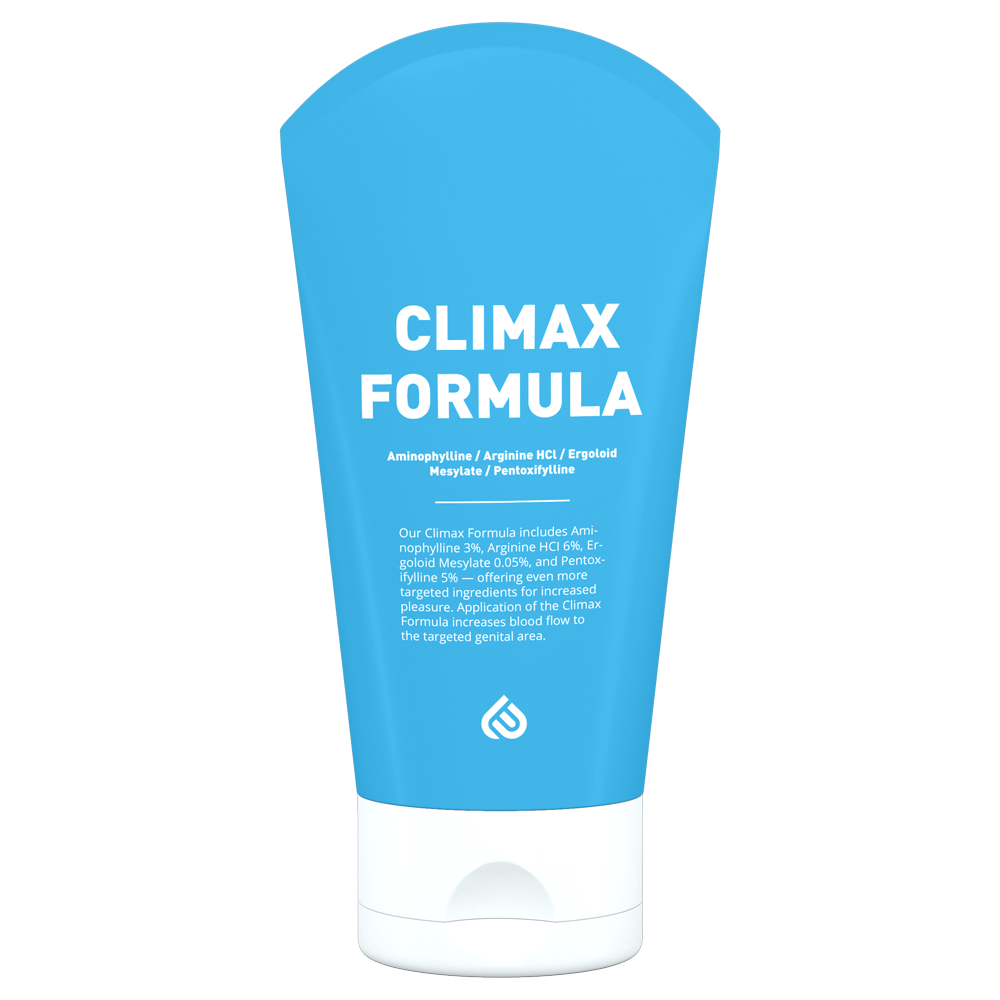Women’s Sexual Health
Female Sexual Dysfunction Persistent, recurrent problems with sexual response, desire, orgasm, or pain — that distress you or strain your relationship with your partner — are known medically as sexual dysfunction. Your Sexual dysfunction has many possible symptoms/causes, formulas and treatments vary. It's important to understand a woman's normal sexual response.
Women’s Sexual Health
Your goals for your sex life are important when choosing a treatment and evaluating whether or not it's working. Effective treatment for sexual dysfunction often requires addressing any underlying medical conditions or hormonal changes.
Female Sexual Arousal Disorder (FSAD) Symptoms vary depending on what type of sexual dysfunction you're experiencing:
- Low Sexual Desire- This most common of female sexual dysfunctions involves a lack of sexual interest and willingness to be sexual.
- Sexual Arousal Disorder- Your desire for sex might be intact, but you have difficulty with arousal or are unable to become aroused or maintain arousal during sexual activity.
- Orgasmic Disorder- You have persistent or recurrent difficulty in achieving orgasm after sufficient sexual arousal and ongoing stimulation.
- Sexual Pain Disorder- You have pain associated with sexual stimulation or vaginal contact.
Female sexual arousal disorder (FSAD) is characterized primarily by an inability to attain or maintain sufficient physical sexual arousal that causes distress or interpersonal difficulty. It is the female counterpart to ED in men.
Female Sexual Dysfunction
Sexual dysfunction is defined as persistent, recurring difficulties with sexual responsiveness, desire, orgasm, or pain that cause unhappiness or strain in your connection with your partner. There are several different symptoms/causes for your sexual dysfunction, and the formulations and treatments vary. It is critical to understand a woman's typical sexual reaction.
Also, when selecting a therapy and determining whether it is effective, consider your sex life goals. Effective therapy for sexual dysfunction sometimes entails treating any underlying medical issues or hormonal imbalances.
Female Sexual Arousal Disorder (FSAD) is defined as an inability to achieve or sustain sufficient physical sexual excitement, resulting in distress or interpersonal difficulties. It is the female equivalent to ED in males. Symptoms differ based on the sort of sexual dysfunction you're experiencing. Such disorders could be:
- Low Sexual Desire– The most prevalent female sexual dysfunction is a lack of sexual attraction and willingness to be sexual.
- Sexual Arousal Disorder: Your desire for sex may be intact, but you struggle with arousal or are unable to become aroused or sustain arousal during sexual engagement.
- Orgasmic Disorder- You have chronic or recurring trouble attaining orgasm despite adequate sexual desire and continuing stimulation.
- Sexual Pain Disorder: You experience pain during sexual stimulation or vaginal touch.
Women's Libido
Revive and Enhance Sexual Arousal
Sexual problems often develop when your hormones are in flux, such as after having a baby or during menopause. Major illnesses, such as cancer, diabetes, or heart and blood vessel (cardiovascular) disease, can also contribute to sexual dysfunction.
Factors
Often interrelated — that contribute to sexual dissatisfaction or dysfunction include:
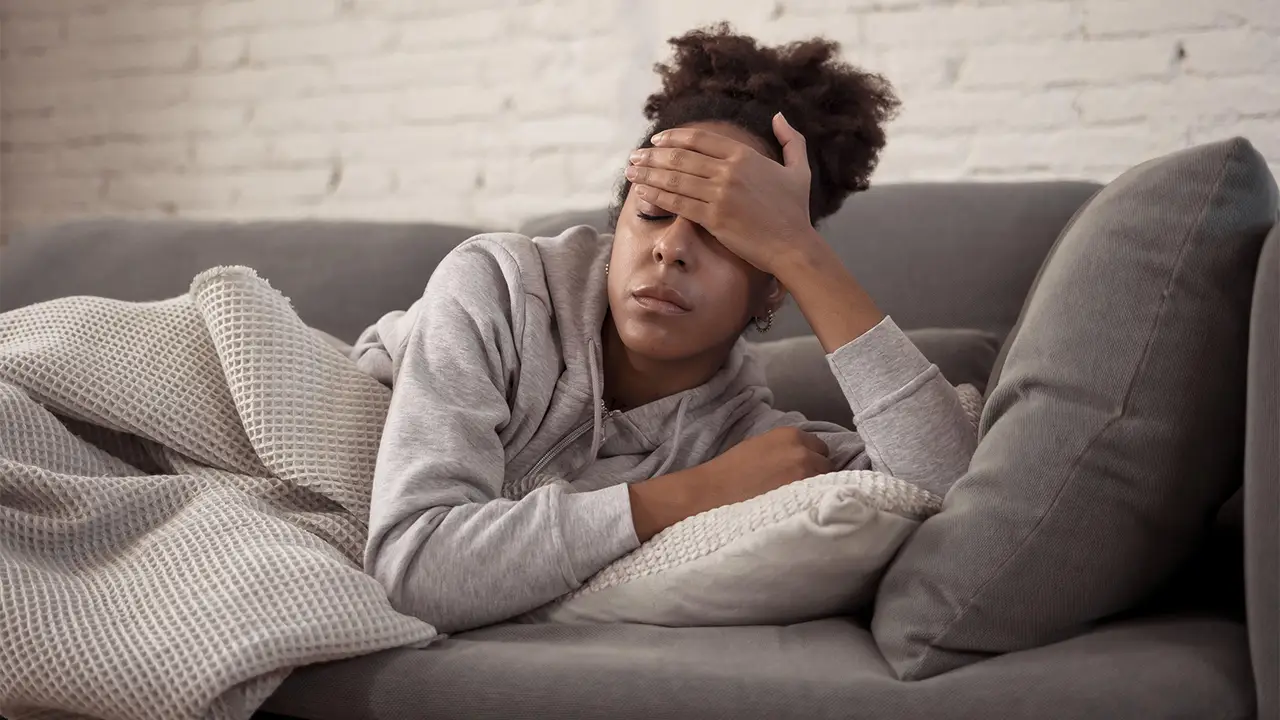
Physical
Any number of medical conditions, including cancer, kidney failure, multiple sclerosis, heart disease and bladder problems, can lead to sexual dysfunction. Certain medications, including some antidepressants, blood pressure medications, antihistamines and chemotherapy drugs, can decrease your sexual desire and your body’s ability to experience orgasm.
Hormonal
Lower estrogen levels after menopause may lead to changes in your genital tissues and sexual responsiveness. A decrease in estrogen leads to decreased blood flow to the pelvic region, which can result in less genital sensation, as well as needing more time to build arousal and reach orgasm.
The vaginal lining also becomes thinner and less elastic, particularly if you’re not sexually active.
These factors can lead to painful intercourse (dyspareunia). Sexual desire also decreases when hormonal levels decrease.
Your body’s hormone levels also shift after giving birth and during breastfeeding, which can lead to vaginal dryness and can affect your desire to have sex.
Psychological and social
Untreated anxiety or depression can cause or contribute to sexual dysfunction, as can long-term stress and a history of sexual abuse. The worries of pregnancy and demands of being a new mother may have similar effects.

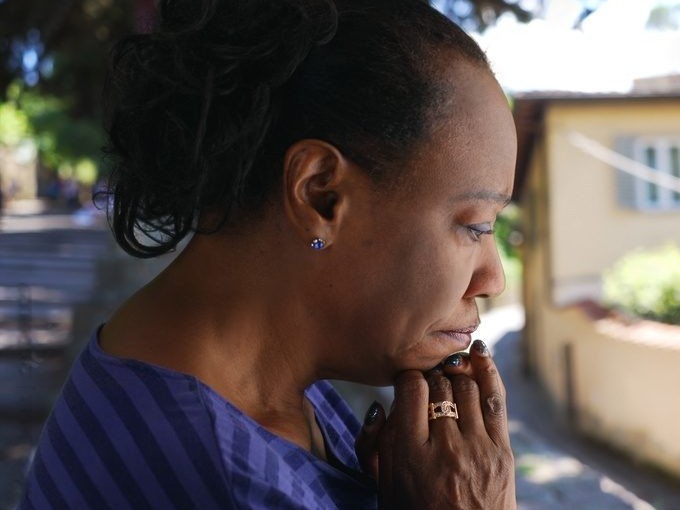
Long-standing conflicts with your partner
about sex or other aspects of your relationship — can diminish your sexual responsiveness as well. Cultural and religious issues in Nigeria and problems with body image also can contribute.
Women's Libido
Sexual issues frequently arise while your hormones are in flux, such as after childbirth or after menopause. Major illnesses such as cancer, diabetes, and heart and blood vessel (cardiovascular) disease can all lead to sexual dysfunction.
The following factors, which are frequently interconnected, lead to sexual dissatisfaction or dysfunction:
- Physical- Various medical disorders, such as cancer, renal failure, multiple sclerosis, heart disease, and bladder difficulties, can cause sexual dysfunction. Certain medications, such as antidepressants, blood pressure meds, antihistamines, and chemotherapy treatments, might impair your sexual desire and capacity to attain orgasm.
- Hormonal- Lower estrogen levels during menopause may cause changes in your vaginal tissues and sexual receptivity. A reduction in estrogen reduces blood flow to the pelvic area, resulting in less genital sensation and requiring longer time to build arousal and attain climax. Sexual desire also declines when hormone levels drop. Your hormone levels also change after giving birth and when nursing, which can cause vaginal dryness and reduce your desire to have intercourse.
- The vaginal lining also thins and loses elasticity, especially if you are not sexually active. These causes can cause painful intercourse (dyspareunia).
- Psychological and social factors, such as untreated anxiety or melancholy, long-term stress, and a history of sexual abuse, can all contribute to sexual dysfunction. The stresses of pregnancy and the duties of being a new mother may have comparable impacts.
- Long-term confrontations with your spouse, whether about sex or other elements of your relationship, can also reduce your sexual receptivity. Cultural and religious difficulties in Nigeria, as well as body image concerns, can all play a role.
Revive and Enhance Sexual Arousal for Women
Our most popular formulas for women in Nigeria
What’s in these Formulas?
Oxytocin
A powerful "bonding/love" hormone that acts as a neurotransmitter in the brain, influences behaviors empathy, generosity, and orgasm. Oxytocin levels increase naturally with hugging and kissing.
Ergoloid Mesylate
A combination of several drugs used to treat some mood, behavior, or other problems that may be due to changes in the brain, helps improve cognitive function.
Arginine HCl
An amino acid with a hydrogen chloride molecule, used to increase oxygen delivery and blood flow during sexual activity.
Isosorbide
A vasodilator that works by relaxing the blood vessels.
Pentoxifylline
A vasodilator that works by improving the flow of blood through blood vessels.
Sildenafil
A PDE5 inhibitor that studies show to increase local blood flow to clitoris/genital tissue, improved genital response and overall sexual experience.
Ginkgo Biloba
An antioxidant that can regulate the behavior of blood vessels (vasoregulation), increase oxygen and nutrient supply to tissues, and prevent ischemia (inadequate blood supply).
Menthol
A cooling compound obtained organically from certain types of mint or made synthetically.


